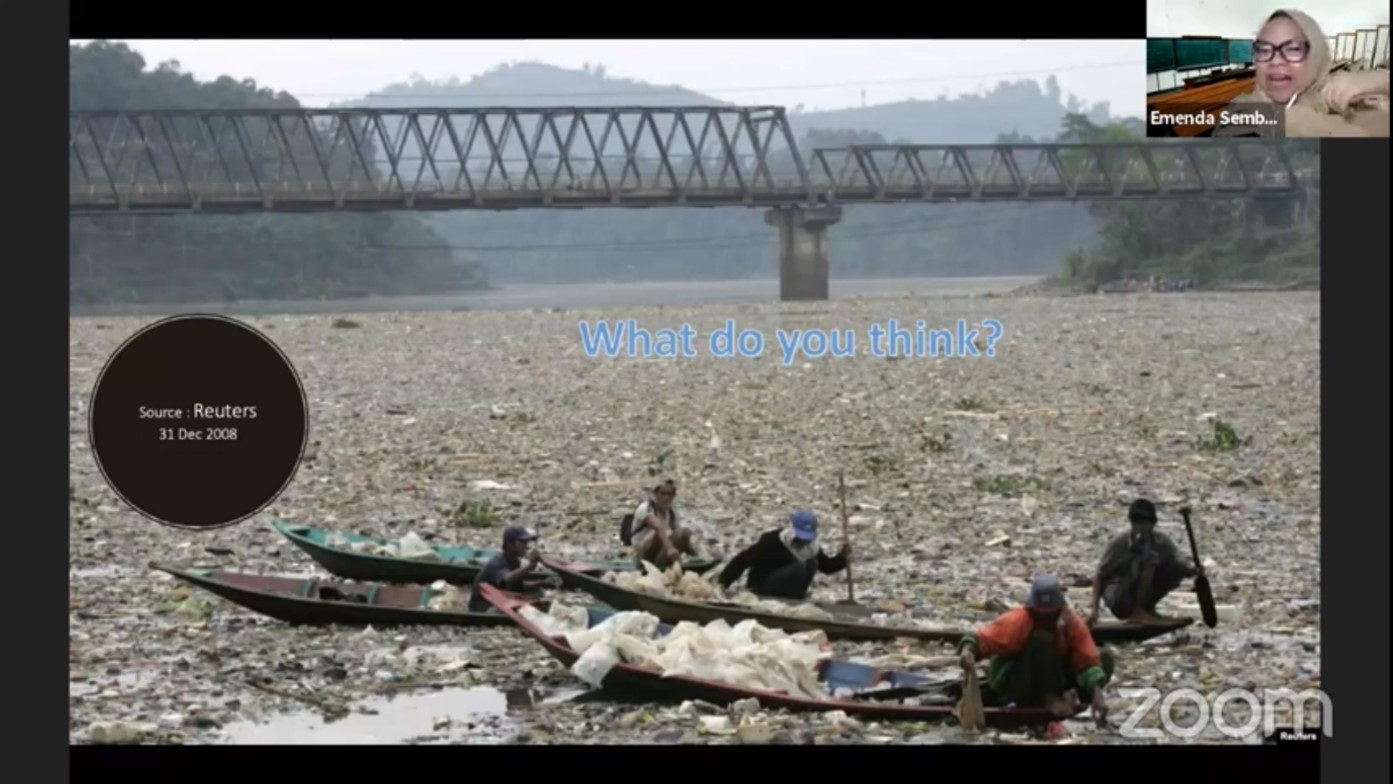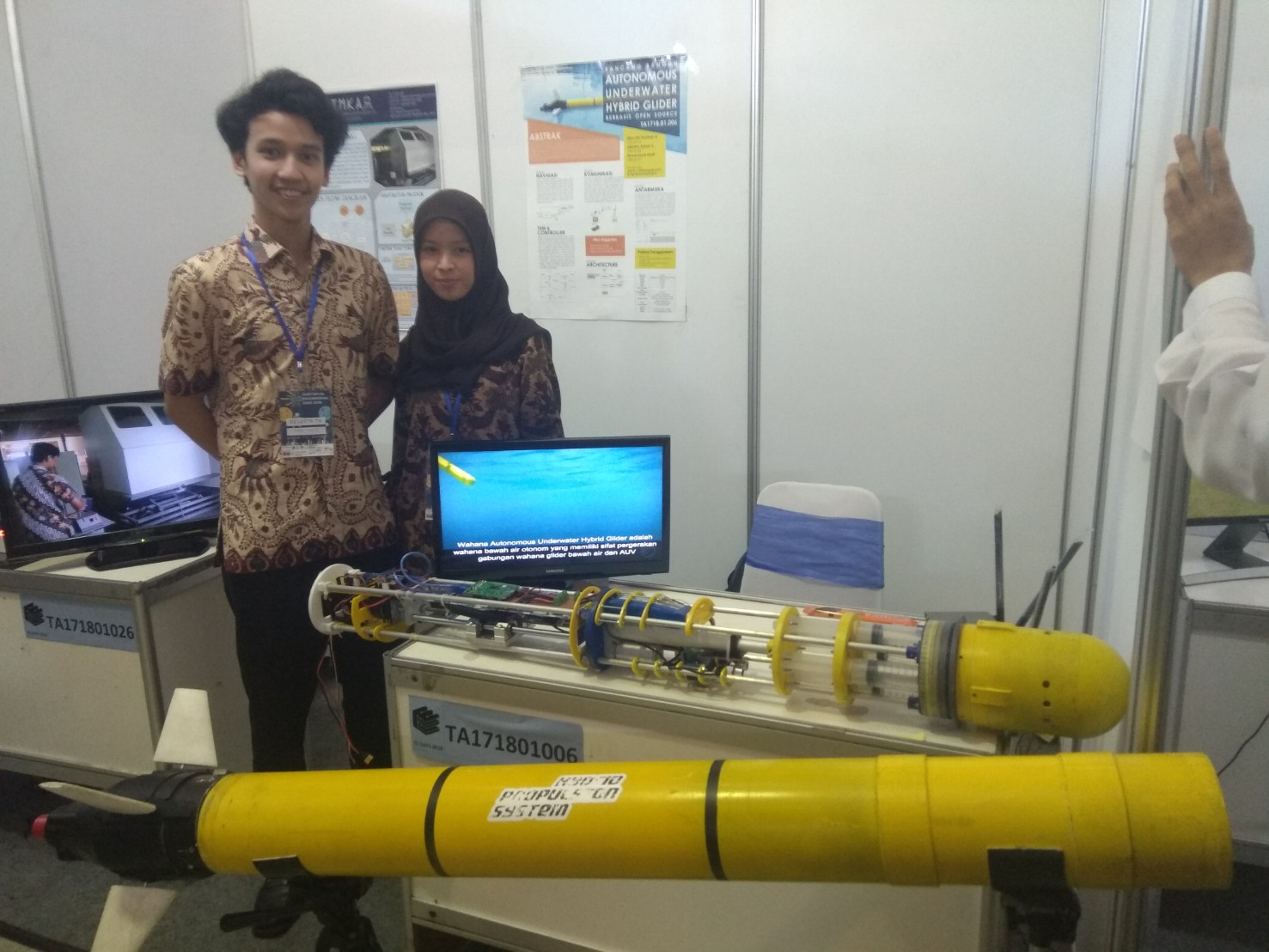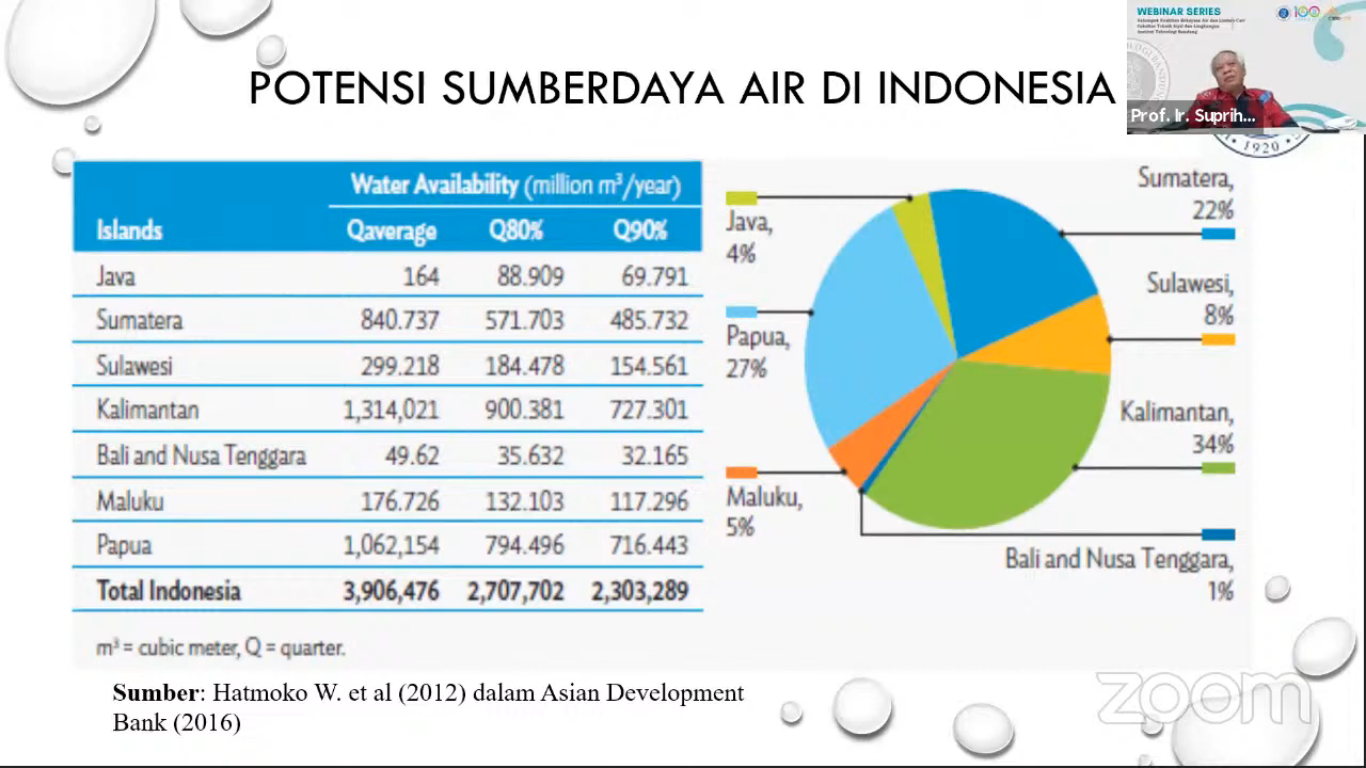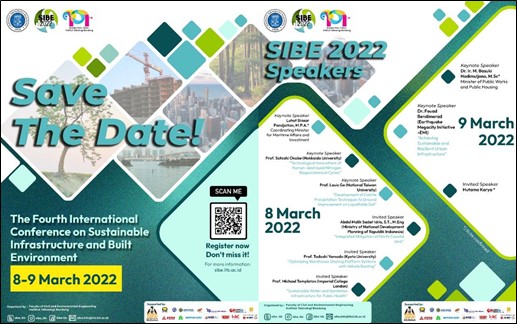Explore How Water Gets Polluted
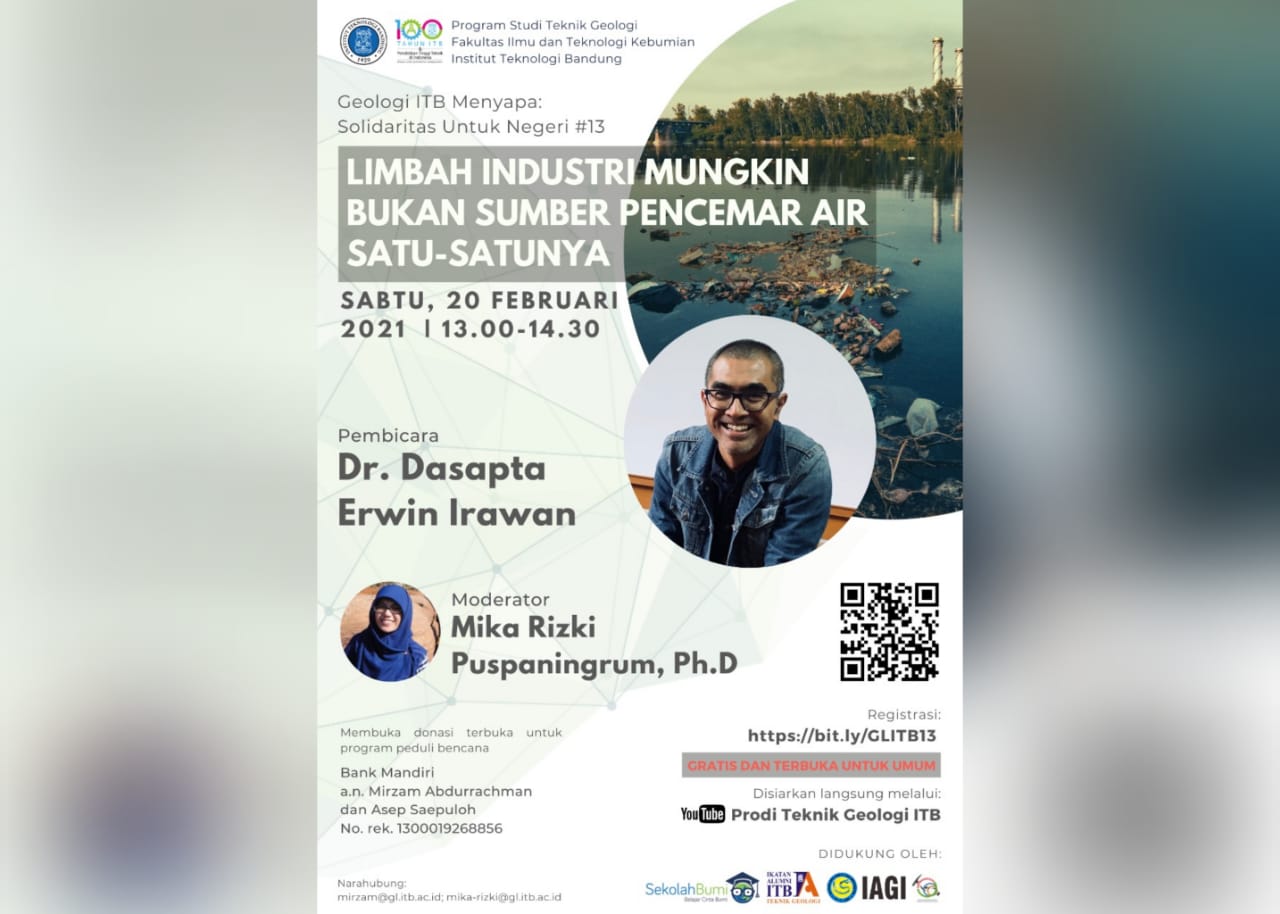
BANDUNG, itb.ac.id – In order to continue a series of GEOLOGI ITB MENYAPA: Solidaritas untuk Negeri, Geological Engineering Department held the 13th webinar session “Industrial Waste Might Not The Only Cause of Water Pollution” by Dr. Dasapta Erwin Irawan, S.T., M.T. on Saturday (2/20/2021).
Dr. Dasapta is a lecturer from Applied Geology Research Group, Faculty of Earth Sciences and Technology (FITB) ITB. Starting his presentation, he displayed a picture of a river in Bandung. It revealed that the houses in the big cities were often built too close to the riverbank.
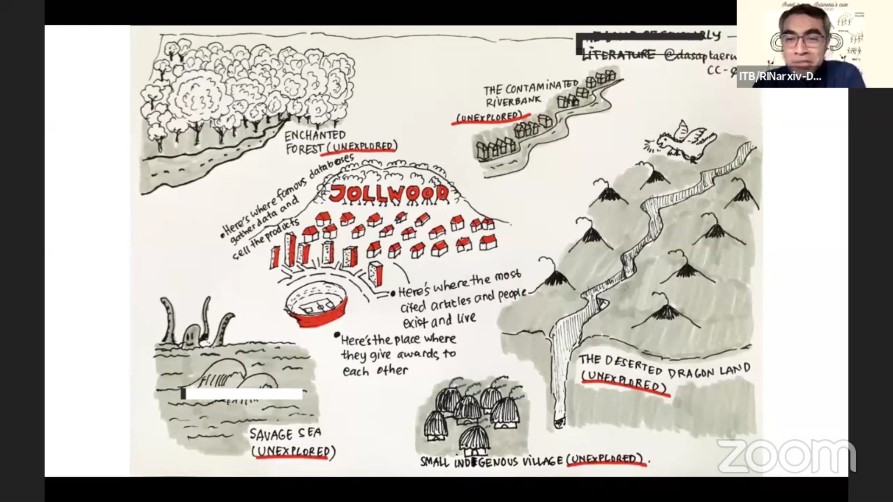
Talking about pollution, according to him, we often visualize it as a significant phenomenon such as chromium contamination of America’s drinking water or nuclear accident at Chernobyl and Fukushima. However, he argued that pollution does not have to be something tremendous. A lot of everyday activities can lead to water pollution, but we are out of our sight. One example is dish and cloth washing.
At first, the dishwashing water might contaminate only the above-ground water such as river water. But, sooner or later, the mix can also interact with the groundwater. The interaction urges the quality and quantity change of both the above-ground water and the underground water. Especially in terms of quality, if the above-ground water is polluted, the groundwater will be contaminated in the long run. The contaminant might be organic compounds such as bacteria, or inorganic compounds such as heavy metals.
Furthermore, Dr. Erwin showed some of the research results of ITB students. They had inspected the change of Cikapundung River water quality. The results of their research discovered that the salt content and dissolved oxygen level in the Cikapundung River increased at the end of the week and tended to decrease on other days. Dr. Erwin pointed out his hypothesis that this was due to human activities on weekends, especially those related to tourism.
To diminish the impact of pollution from household activities, Dr. Erwin conveyed his solution. He believes that installing grease traps in residential homes is one of the effective ways. This tool can be used to filter household activities’ results before the results are distributed to the sewer. Moreover, this tool can be used on a larger scale. As an instance, a grease trap can be used for 3—5 houses at a time. Nonetheless, Dr. Erwin reminded that this tool needs development so that each citizen can install it easily and independently.
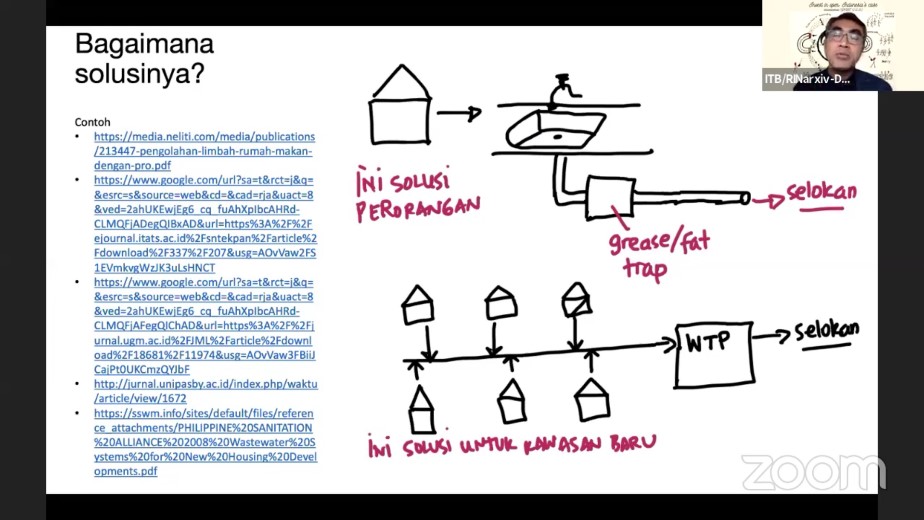
Reporter: Muhammad Satriyo (Teknik Geologi, 2019)
Translator: Zahra Annisa Fitri (Perencanaan Wilayah dan Kota, 2019)
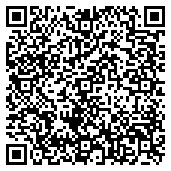
scan for download





